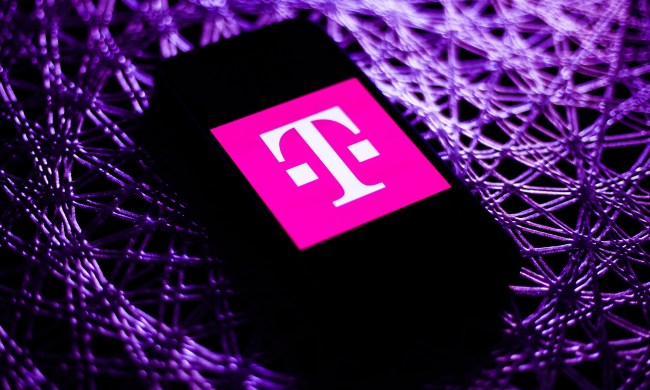![cell tower [Shutterstock noolwlee]](https://www.digitaltrends.com/wp-content/uploads/2012/06/cell-tower-shutterstock-noolwlee.jpg?fit=720%2C720&p=1)
This is important for several reasons. The first is without the ITU stepping in and providing solid, official criteria for 5G, we could see a situation where marketing teams simply dub a slightly faster 4G system as 5G. This, as in the case of 4G in the U.S., can lead to all sorts of confusion. Plus, once the ITU lay out the rules for 5G, we’ll finally know what to expect in terms of speed from the next generation of high-speed mobile data connections.
The ITU has given 5G an official name, and detailed a timeline for the system’s advancement over the next five years. It’ll refer to 5G connections as IMT-2020, following on from IMT-2000 and IMT-Advanced. That’s 3G and 4G to you and me. The name refers to when it wants 5G to be commercialized: the year 2020.
What about the all-important speeds? The ITU will establish the official performance requirements for a network to be classed as 5G next year, but that hasn’t stopped speculation growing that it’ll be around the 20Gpbs range, and that’s fast enough to download a 4K movie in about 10 seconds. A larger capacity and greater range will make it more suitable for managing a network of driverless cars, and for true smart home connectivity wherever you are in the world.
According to a report in the Korea Times, where the 20Gpbs figure is unofficially stated, one of the first public demonstrations of 5G’s capabilities will come during the 2018 PyeongChang Winter Olympics.
While it’s good news the ITU has put a date on 5G’s commercialization, it has been rather bullied into it. Last year, the introduction of 5G by 2020 was touted by UK Prime Minister David Cameron, and by London Mayor Boris Johnson. The former’s statement was so premature, it came 14-months before the ITU had even given 5G an official name.
Now, we get to wait and see if the mobile industry can keep pace with the ITU’s timeline for 5G.



